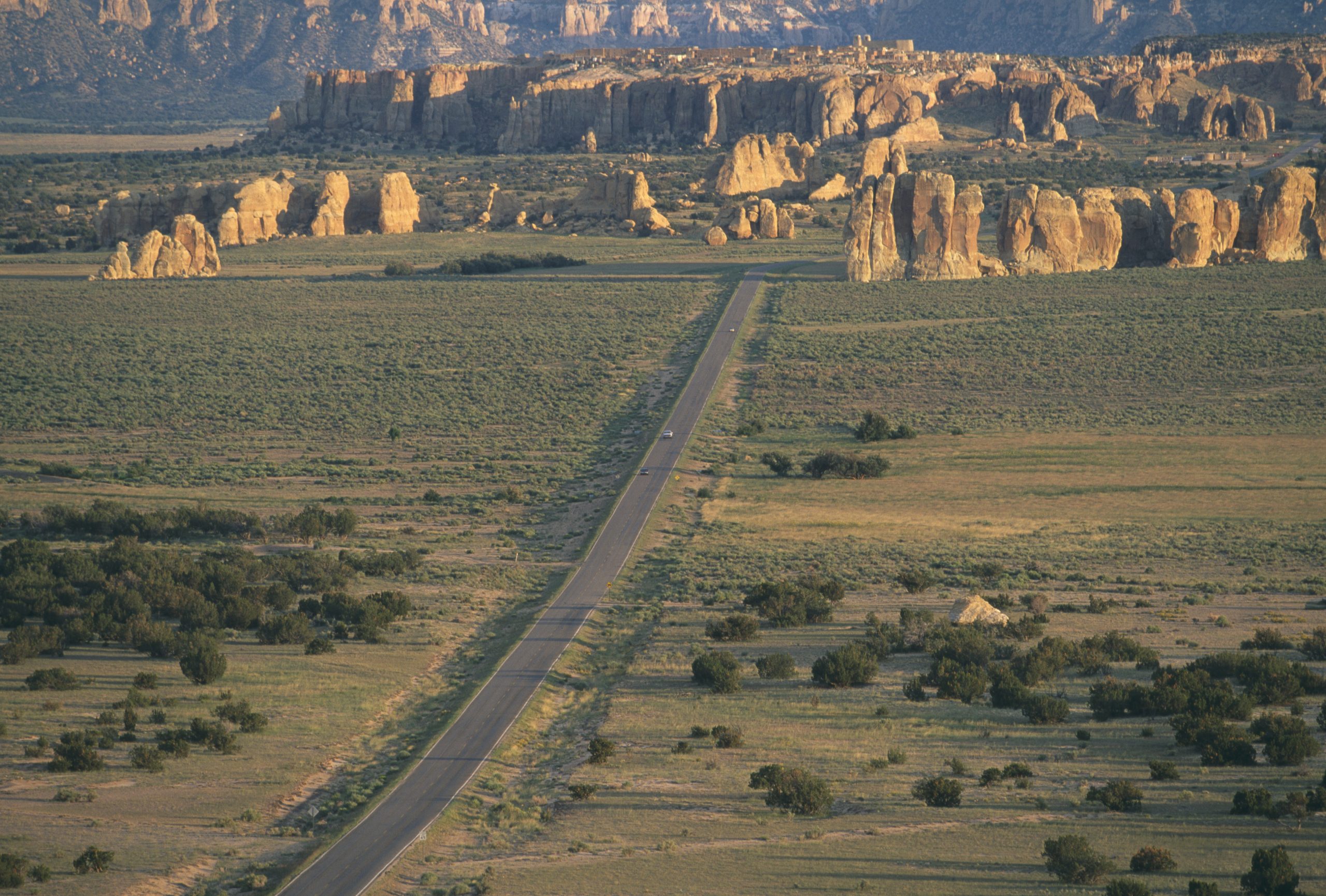Indigenous people and communities have always been at the front line of climate justice initiatives.
I’m from the Acoma Pueblo in western New Mexico. I was raised practicing a community-centered lifestyle focused on protecting our environment for future generations. Unfortunately, the sustainability that my ancestors and community have worked so hard to cultivate is being threatened.
Just 15 miles east of us in Laguna Pueblo lies the former Jackpile-Paguate Mine, which was one of the world’s largest open-pit uranium mines. The mine, which operated from 1952 to 1982, is today a heavily contaminated Superfund site.
Members of Laguna Pueblo and surrounding communities, including mine, were offered false promises of economic development when the mine opened — at the expense of their health, it turns out. Workers were exposed to dangerous levels of radioactivity, which led to illnesses like cancer and respiratory and kidney disease.
The mine was part of the Grants Mineral Belt, a chain of uranium ore deposits where mining polluted 200 miles of drinking water and irrigation sources. For communities that depend heavily on irrigation to farm food for their families, that contamination was a threat to their lives.
Unfortunately, Laguna Pueblo’s exploitation isn’t unique.
Approximately 500 abandoned uranium mines are awaiting cleanup by the federal government in the Navajo Nation alone, including the site of the largest uranium spill in U.S. history — a tragedy that happened over 40 years ago that still isn’t resolved. Other indigenous communities in the state have similarly borne the brunt of fossil fuel development.
New Mexico, in short, has long suffered from the resource curse. Our extractive industries are actually making the state poorer and standing in the way of a just energy transition.
